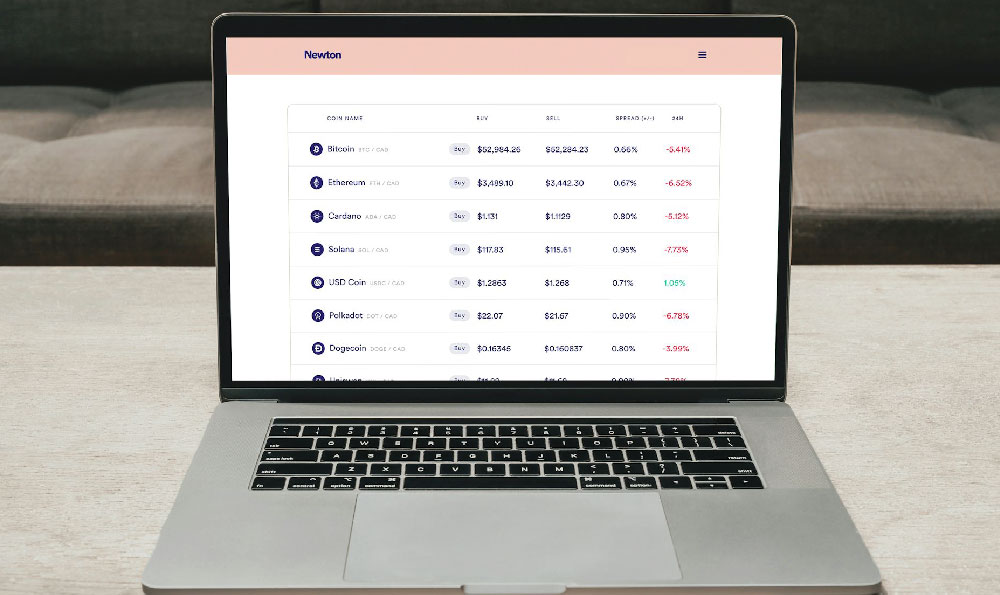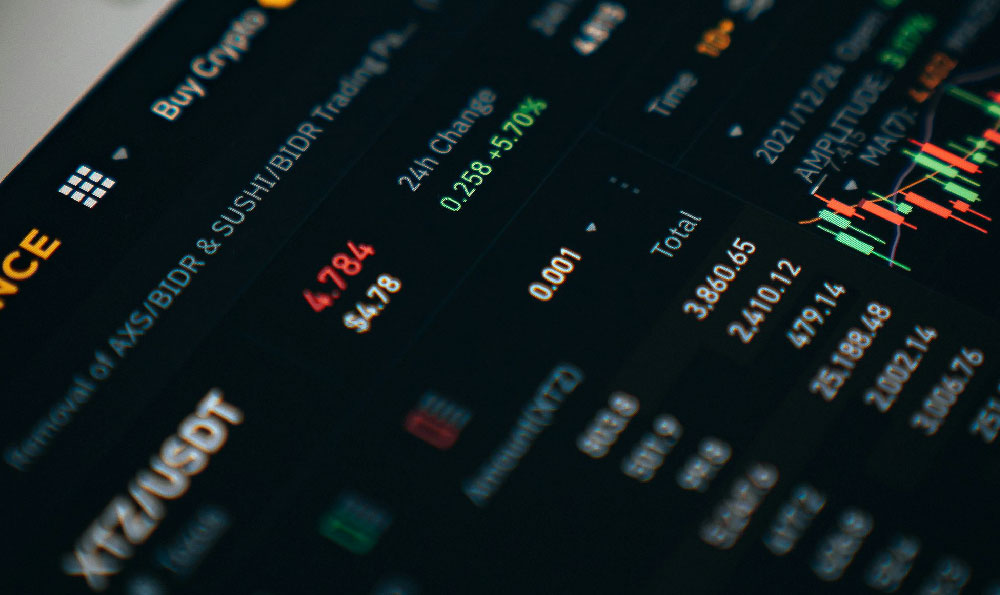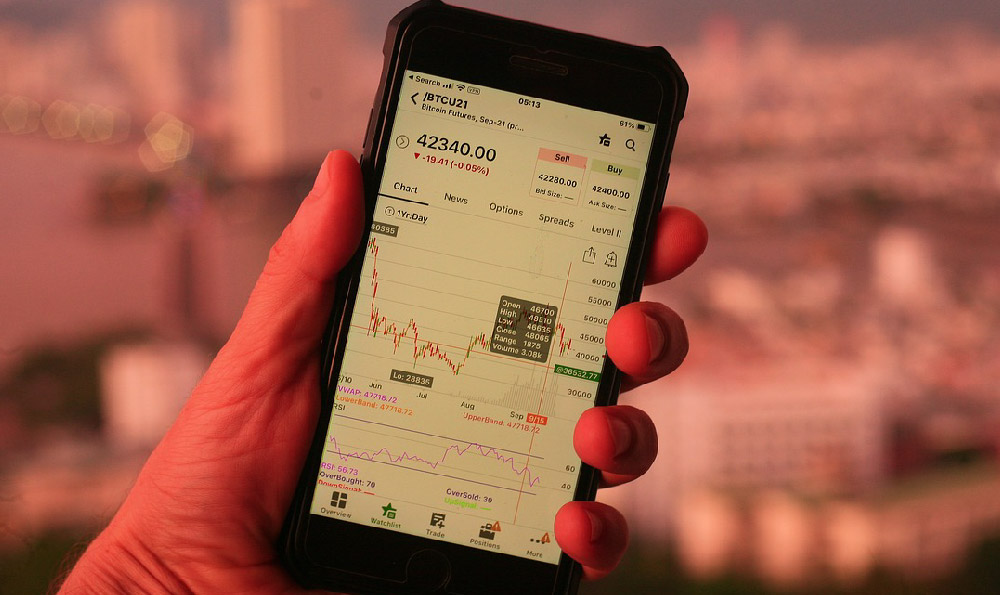How can you monetize YouTube, and what strategies do people use?
YouTube monetization hinges on several intertwined elements, going beyond merely uploading videos and hoping for the best. It's a multifaceted process that involves meeting specific eligibility requirements, understanding ad revenue models, diversifying income streams, and consistently optimizing content for engagement. Successful YouTubers treat their channels like businesses, employing a range of strategies to maximize their earnings.
The primary, and perhaps most well-known, path to monetization is through the YouTube Partner Program (YPP). To be eligible, creators must accumulate at least 1,000 subscribers and 4,000 valid watch hours within the past 12 months. Additionally, they need to adhere to YouTube's monetization policies, which encompass community guidelines, ad-friendly content guidelines, and copyright rules. This involves ensuring videos are original, don't promote harmful activities, and are free from copyright infringement. Once accepted into the YPP, creators can enable monetization on their videos, allowing advertisements to be displayed before, during, or after the content.
Ad revenue, generated through AdSense, forms the bedrock of many YouTubers' income. The amount earned depends on several factors, including the Cost Per Mille (CPM) and Cost Per Click (CPC). CPM represents the cost advertisers pay for 1,000 ad impressions, while CPC is the cost advertisers pay each time a viewer clicks on an ad. These rates fluctuate based on factors such as the video's topic, the viewer's demographics, the geographic location of viewers, and the time of year (advertisers often spend more during the holiday season). Highly sought-after niches like finance, technology, and gaming often command higher CPMs due to their attractive audience demographics. It's important to note that YouTube retains a portion of the ad revenue, typically around 45%, with the remaining 55% going to the creator. Optimizing video titles, descriptions, tags, and thumbnails with relevant keywords can significantly improve discoverability and attract more viewers, thus increasing ad revenue potential.

Beyond relying solely on ad revenue, savvy YouTubers diversify their income streams to create a more stable and sustainable business model. One popular method is affiliate marketing. This involves partnering with brands and promoting their products or services within videos, often through dedicated reviews, tutorials, or demonstrations. Creators include affiliate links in their video descriptions, and when viewers click these links and make a purchase, the creator earns a commission. Affiliate marketing can be particularly lucrative when promoting products that align with the channel's niche and audience interests. Building trust with the audience is crucial for successful affiliate marketing; viewers are more likely to purchase products recommended by creators they trust and respect. Transparency is also key; disclosing the affiliate relationship helps maintain credibility.
Another effective monetization strategy is selling merchandise. This could include branded apparel, accessories, or even digital products like e-books or online courses. Merchandise allows creators to monetize their brand loyalty and offer fans a tangible way to support their channel. The success of merchandise sales often depends on the strength of the brand and the appeal of the products. Creators can use platforms like Shopify or Printful to manage their online stores and handle fulfillment. Promoting merchandise within videos, showcasing fans wearing the products, and offering exclusive discounts can help drive sales.
Channel memberships offer another avenue for generating recurring revenue. YouTube allows creators to offer exclusive content, perks, and badges to viewers who pay a monthly fee to become channel members. These benefits could include early access to videos, exclusive live streams, personalized shout-outs, or behind-the-scenes content. Channel memberships are particularly effective for building a closer relationship with dedicated fans and providing them with extra value in exchange for their support. To encourage sign-ups, creators should clearly articulate the benefits of becoming a member and regularly promote the membership program within their videos.
Super Chat and Super Stickers are features that allow viewers to purchase highlighted messages in live chat streams. This enables them to stand out and have their messages read by the creator during live broadcasts. Super Chat and Super Stickers provide a way for viewers to directly support their favorite creators and engage with them in real-time. These features can be particularly beneficial during Q&A sessions, gaming streams, or live performances.
Sponsorships and brand deals represent a significant source of income for many established YouTubers. Brands often pay creators to feature their products or services in their videos, offering a larger payment than typical ad revenue. These deals can take various forms, including sponsored videos, product integrations, or dedicated endorsements. Securing sponsorships requires building a strong brand, having a sizable and engaged audience, and creating high-quality content that aligns with the brand's values.
Finally, crowdfunding platforms like Patreon or Kickstarter offer an alternative way to monetize a YouTube channel. These platforms allow creators to solicit direct support from their fans in exchange for exclusive content or rewards. Crowdfunding can be particularly effective for creators who produce niche content or have a highly engaged and supportive fanbase. Clearly outlining the project goals, offering compelling rewards, and consistently engaging with patrons are essential for successful crowdfunding campaigns.
In conclusion, monetizing YouTube is a complex process that requires dedication, creativity, and a strategic approach. While ad revenue remains a fundamental source of income, diversifying revenue streams through affiliate marketing, merchandise sales, channel memberships, Super Chat, sponsorships, and crowdfunding is crucial for building a sustainable and profitable YouTube business. Consistently creating high-quality content, engaging with the audience, and staying up-to-date with YouTube's policies and best practices are also essential for long-term success. The key is to understand your audience, provide them with value, and build a strong brand that resonates with viewers and advertisers alike.















